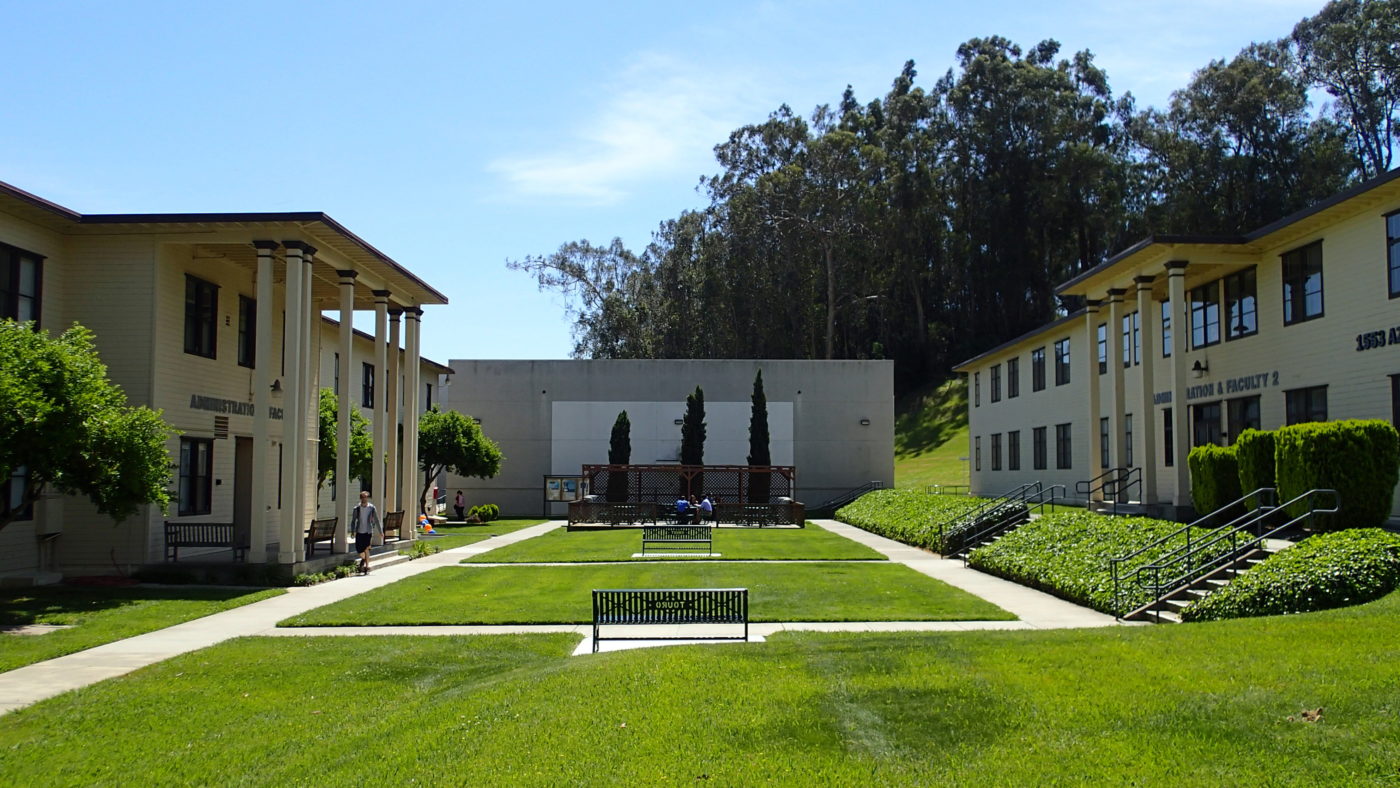California is now facing a daunting challenge trying to ensure reliable access to quality healthcare for its diverse population of over 40 million. This is no easy task.
Even though there have been smaller gains in insurance coverage, disparities still persist; particularly in rural and urban communities. A shortage of qualified physicians only adds to this problem, leaving many Californians struggling to get the care they desperately need.
But the state is not standing idle. Policymakers and health systems are exploring new solutions, such as expanding the roles of nurse practitioners and physician assistants. The idea is that these highly trained professionals can help fill the gaps in primary and specialty care – especially in areas where doctors are scarce. A bit like stumbling across a Canada casino bonus by casinos.com, this strategy could pay off big for California’s healthcare system.
The good news is that recent laws have come into place that offer more opportunities for nurse practitioners to practice independently; while other bills aim to remove the rigid barriers for physician assistants. Health workforce initiatives are also underway to increase the supply and diversity of healthcare professionals.
In this article, we’ll look at how empowering a wider range of providers is key to making healthcare more accessible for all Californians. By taking advantage of the skills of yound health givers, the state can build a more equitable and resilient healthcare system for the future.
New Laws Will Open Doors
Two groundbreaking laws (and their latest amendments), AB 890 and AB 1070, promise to dramatically expand access to vital services like primary care, maternity care and mental health treatment. These new bills give health providers far greater autonomy and flexibility to meet the state’s growing healthcare needs.
AB 890 is particularly interesting. The law establishes a framework for experienced NPs to practice without physician oversight in certain settings, following a transition-to-practice period. Eligible NPs who have logged at least three years (or 4,600 hours) can now operate more autonomously in group practices, clinics, hospice agencies and beyond.
A second tier, which becomes effective in 2026, will also grant full practice authority to NPs working independently after additional experience. This unleashes the potential of the NP workforce to fill critical gaps. It widens the safety net, so to speak.
AB 1070 aims to supports this. Typically capped at supervising four PAs simultaneously, physicians can now oversee up to eight PAs conducting in-home health evaluations. These evaluations involve comprehensive exams, wellness visits and health screenings that stop short of hands-on treatment or prescribing.
Together, these laws redefine the roles of over 30,000 NPs and countless PAs statewide. Granting these practitioners greater latitude to evaluate patients, diagnose conditions and deliver care will surly strengthen access across the spectrum.
Empowering NPs and PAs represents a sensible and crucial step in modernizing California’s healthcare workforce for the challenges that lie ahead. While some hurdles still remain, AB 890 and AB 1070 signify a huge leap in the right direction, allowing all practitioners to use the full extent of their training.
Whether it’s enough is still to be determined, but this shows a forward thinking approach to the problems seen on a national level.
Investing for the Future
California is putting its money where its mouth is by adding a colossal $1 billion+ investment into its healthcare workforce. The 2022-23 state budget earmarked these funds for more training programs to increase the ranks of vital professionals.
This infusion is still set to target registered nurses, social workers, community health workers and behavioral health providers. Ultimately, it aims to address rising shortages and expand access to trustworthy care.
California aren’t alone in this either. Healthcare organizations are stepping up too, with entities like Health Net investing nearly $4 million in workforce initiatives. The focus for this is on diversifying the workforce and creating more upward mobility. By recruiting underrepresented professionals and offering solid career ladders, they hope to build a workforce that reflects the population it serves.
Cultural competency emerges as a key theme in all this. Numerous programs prioritize training clinicians to deliver culturally responsive care. The goal here is to improve the outcomes in communities by bridging persistent, cultural gaps. The idea is a bold one, and rests on the benefits of a diverse workforce.
As you can imagine, the stakes are high. With a shortage of practitioners felt acutely in rural and safety net areas, California needs all hands on deck when bringing this together. By combining public and private investment and offering paths for advancement, the state aims to build a robust and highly skilled healthcare workforce for the future.
From an outside perpesctive, it’s a potent prescription for narrowing disparities and delivering high-quality, culturally attuned care to all Californians. California’s approach is one to admire and learn from, as it represents a bold prescription for expanding access to care.
As the state’s population grows quickly, strengthening the healthcare workforce remains integral to the success of these new laws. Only by continuing these vital efforts can California hope to deliver reliable, responsive care for everyone.



